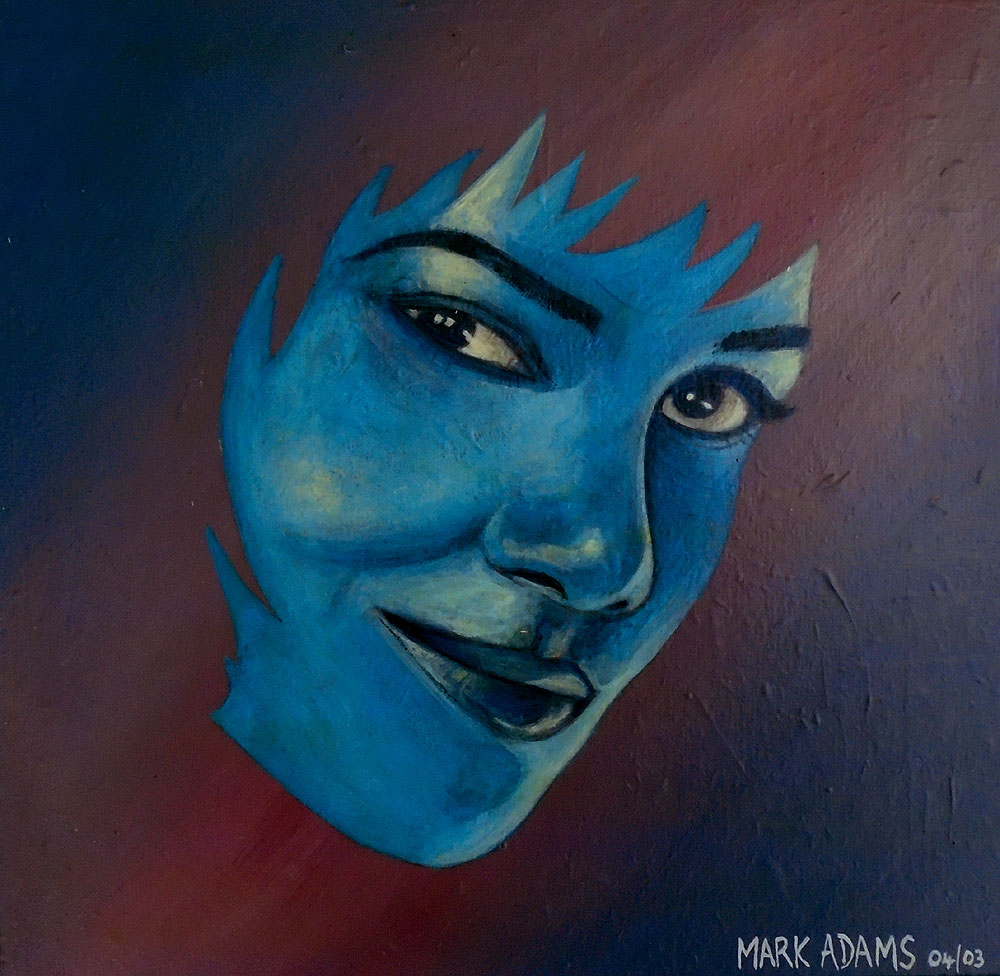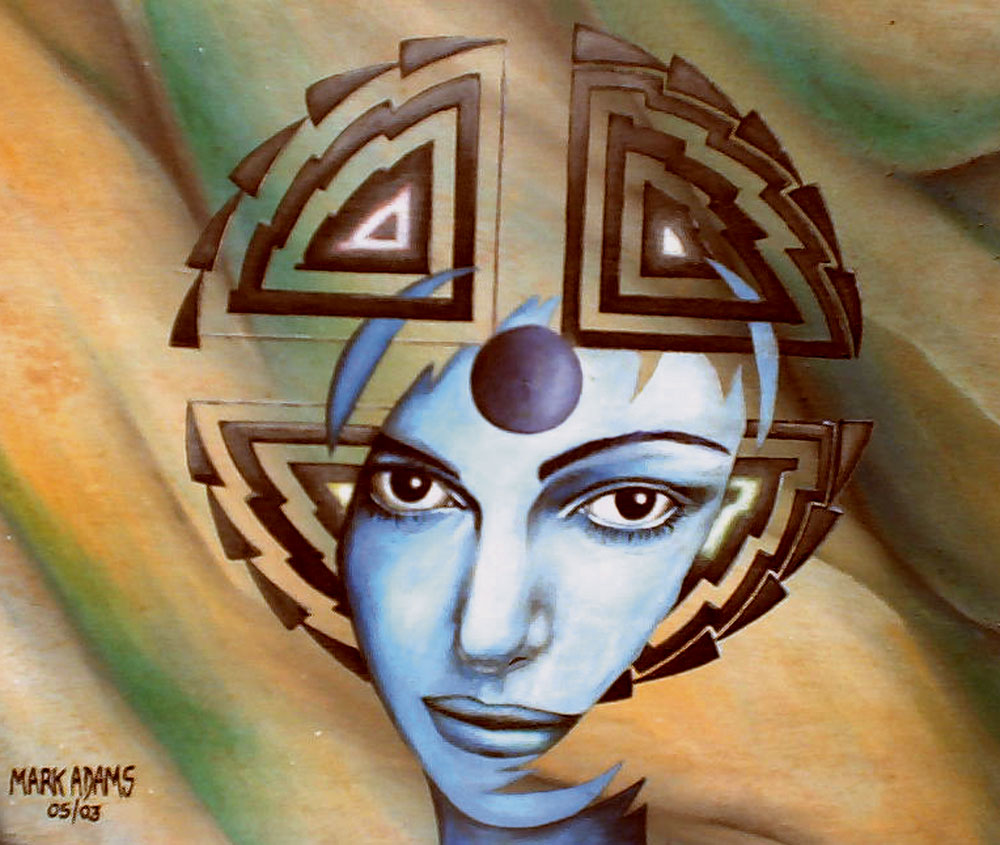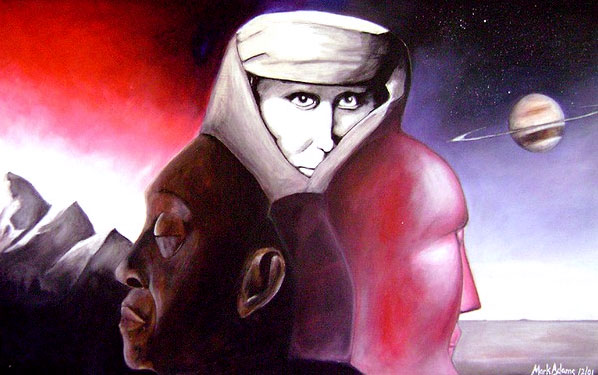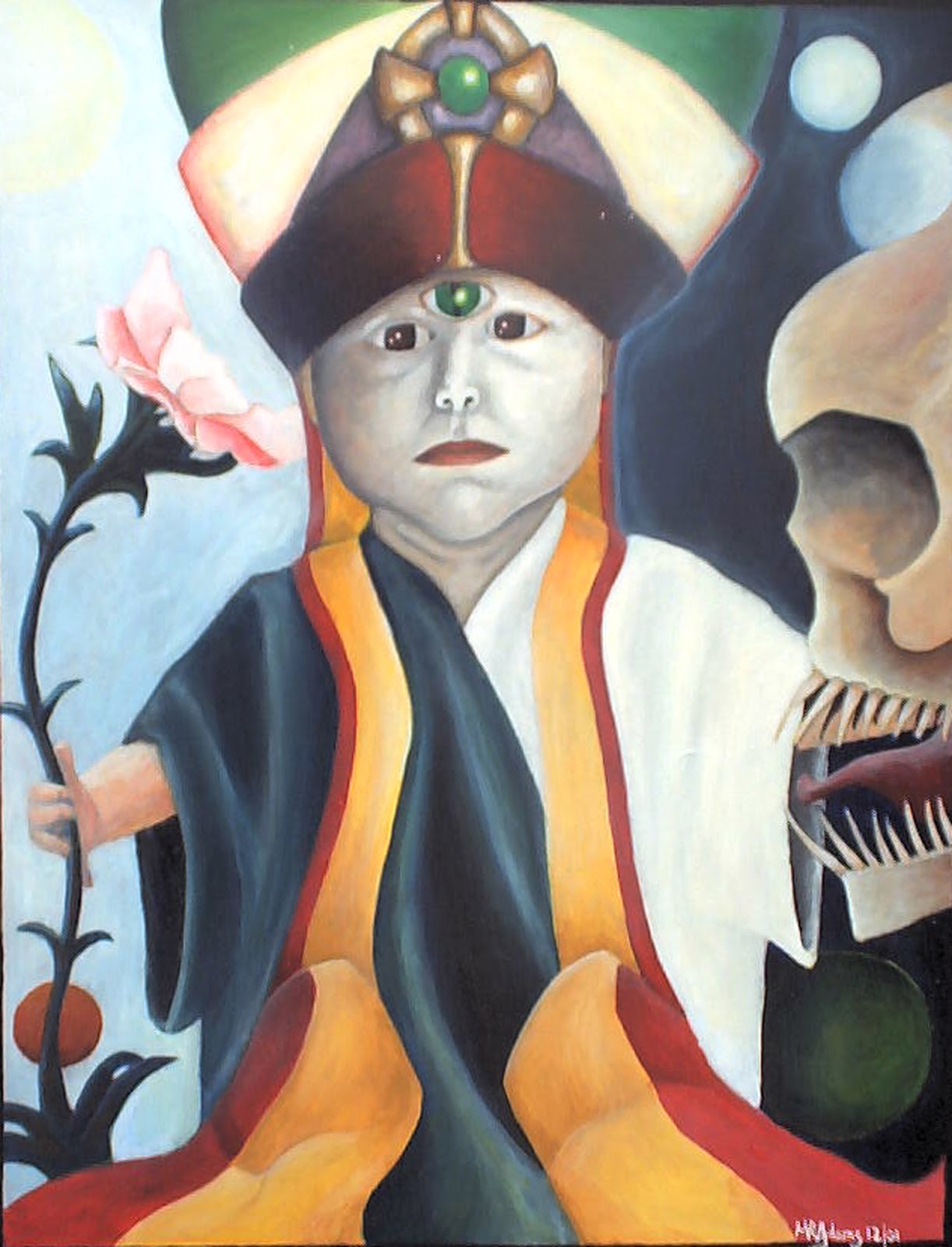
Influenced by Jung’s concept of the ‘anima’, and influenced by the representation of the feminine in Hinduism and Christian Gnosticism. Known as Mohini and Sophia respectively.
In Christian Gnosticism, Sophia represents the feminine aspect of God.
Sophia and the feminine aspect featured in the Gnostic Gospels, yet were excluded from the Bible, along with other scriptures, leaving the masculine God, or Father God, without it’s female counterpart, feminine aspect and equal. The feminine aspect of God was relegated to flesh and bones with Mary being the closest aspect of the feminine to God, yet only human, hence why Christianity, along with other institutionalised religions were/are out of balance and primarily patriarchal and tyrannical in nature, causing much damage and destruction within societies through the ages, such as witch hunts, the degradation of women and much worse.
Without the feminine principal, or the degradation of the sacred feminine, societies and the individual will be out of balance, as can be seen throughout history. Fortunately, the feminine principal is striving to maintain the balance once again in modern times, although it is evident within societies, politics, the workplace, and so on, that the balance is not yet completed, but is pointing in a positive direction.
At an individual level, the feminine must be respected by the masculine and vice-versa, to maintain the balance and to respect each side of the equation. A man must be at peace and united with his own feminine nature and the woman must be at peace and united with her own masculine nature, which may have to happen despite the cultural inheritance of the individual, to be a balanced individual and reflecting outwards to the feminine and the masculine within nature. From a gender-neutral point of view, this can be represented with the yin yang symbol from Chinese philosophy, which would also be an expression from the archetype(s) of this nature or essence. In essence, the archetypes are invisible, or inconceivable to the human being, which is why they express themselves in so many forms, from culture to culture and individual to individual.
Gnosis, featured in the painting is the feminine aspect of a male at an individual level, communicating repressed features to the male ego-consciousness of the particular individual at that moment in time. Gnosis has revealed herself in mythical form in the individual’s psyche, although she may take many forms and change shape and form throughout time within the individual. She takes many forms in modern collective culture and sub-cultures, showing the state of the collective mind, culture, or sub-culture within that group. If the culture, sub-culture or group is out of balance, it will be up to the individual to correct his or her own original nature and balance. If not, and the individual’s cultural inheritance is unhealthy, the individual may be plagued with visits from hostile and tormenting entities in dreams and visions, revealing itself as an opposition to their own selves, which unfortunately can express itself in the physical world, with conflict on many levels, which is evident in the the world we live in now.



